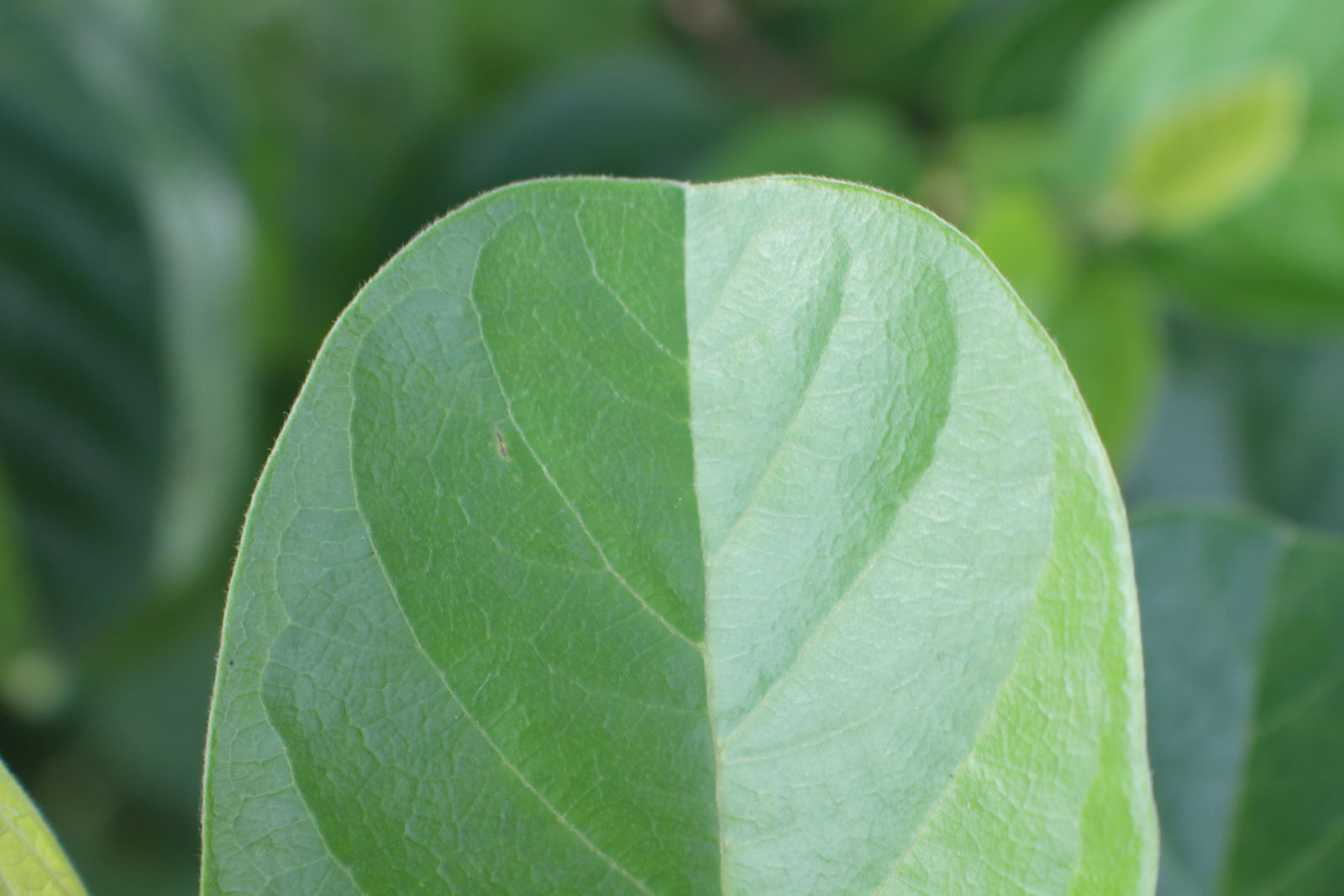Family: Phyllanthaceae
Author: Gaertn.
Bibliography: Fruct. Sem. Pl. 1: 189 (1788)
Year: 1788
Status: accepted
Rank: species
Genus: Antidesma
Vegetable: False
Observations: Trop. & Subtrop. Asia to N. Australia
Description
The Black currant-tree, scientifically known as Antidesma ghaesembilla, is a notable plant belonging to the Phyllanthaceae family. First documented by Gaertner in 1788 in the work “Fruct. Sem. Pl. 1: 189”, this plant has since been recognized for its widespread presence across tropical and subtropical regions stretching from Asia to Northern Australia.
As a versatile species, the Black currant-tree thrives in a variety of environments, showcasing its adaptability to different climatic conditions. Its natural habitat encompasses a broad geographical range, providing evidence of its resilience and ecological significance in diverse ecosystems.
The plant is distinguished by its robust appearance and the small, currant-like fruits which are deeply ingrained in both local diets and traditional medicine across its native regions. These fruits are often celebrated for their nutritional value and potential health benefits, contributing to the plant’s popularity and integration into various cultural practices.
In addition to its edible fruits, Antidesma ghaesembilla plays a vital role in the local biodiversity. It supports various pollinators and serves as a key component of its ecosystem, affecting soil health, water cycles, and providing shelter and food for an array of wildlife.
Though not universally known, the Black currant-tree continues to captivate botanists and horticulturists who study its properties and potential uses. Its enduring presence across a vast geographical landscape underscores the adaptability and importance of this remarkable species within the Phyllanthaceae family.
Through continuous research and observation, the understanding of Antidesma ghaesembilla’s ecological contributions and benefits to human health continues to expand, highlighting the intricate connections between nature’s flora and their environments.
Common Names
Eng: black currant-tree
Khm: ដង្កៀបក្ដាម
En: Black currant-tree, Black currant tree
Zh: Fang ye wu yue cha, 方叶五月茶
Km: ដង្កៀបក្ដាម
Ms: Guncak
Ml: കാട്ടുപുളിഞ്ചി
Th: เม่าไข่ปลา
Vi: Chòi mòi
Synonyms
- Antidesma ghaesembilla var. vestitum ((C.Presl) Müll.Arg.)
- Cansjera rheedei (Blanco)
- Antidesma ghaesembilla var. paniculatum ((Blume) Müll.Arg.)
- Antidesma frutescens (Jack)
- Antidesma schultzii (Benth.)
- Antidesma paniculatum (Blume)
- Antidesma spicatum (Blanco)
- Tsjeru-caniram grossularioides ((Blanco) Kuntze)
- Antidesma vestitum (C.Presl)
- Antidesma rhamnoides (Brongn. ex Tul.)
- Cansjera grossularioides (Blanco)
- Antidesma ghaesembilla var. genuinum (Müll.Arg.)
- Antidesma pubescens (Roxb.)
Distribution
- Andaman Is. (native)
- Assam (native)
- Bangladesh (native)
- Bismarck Archipelago (native)
- Borneo (native)
- Cambodia (native)
- China South-Central (native)
- China Southeast (native)
- East Himalaya (native)
- Hainan (native)
- India (native)
- Jawa (native)
- Laos (native)
- Lesser Sunda Is. (native)
- Malaya (native)
- Maluku (native)
- Myanmar (native)
- Nepal (native)
- New Guinea (native)
- Nicobar Is. (native)
- Northern Territory (native)
- Philippines (native)
- Queensland (native)
- Sri Lanka (native)
- Sulawesi (native)
- Sumatera (native)
- Thailand (native)
- Vietnam (native)
- West Himalaya (native)
- Western Australia (native)
Additional Images
Fruit
Taken Jun 29, 2020 by Noel Dionson (cc-by-sa)
Flower
Taken Jun 29, 2020 by Noel Dionson (cc-by-sa)
Other
Taken Jun 29, 2020 by Noel Dionson (cc-by-sa)

© copyright of the Board of Trustees of the Royal Botanic Gardens, Kew.

© copyright of the Board of Trustees of the Royal Botanic Gardens, Kew.

© copyright of the Board of Trustees of the Royal Botanic Gardens, Kew.
Sources
- WFO (No URL)
- IPNI (No URL)
- GBIF (https://www.gbif.org/species/3076438)
- POWO (http://powo.science.kew.org/taxon/urn:lsid:ipni.org:names:128660-3)
- PlantNet (https://identify.plantnet.org/species/the-plant-list/Antidesma ghaesembilla Gaertn.)



